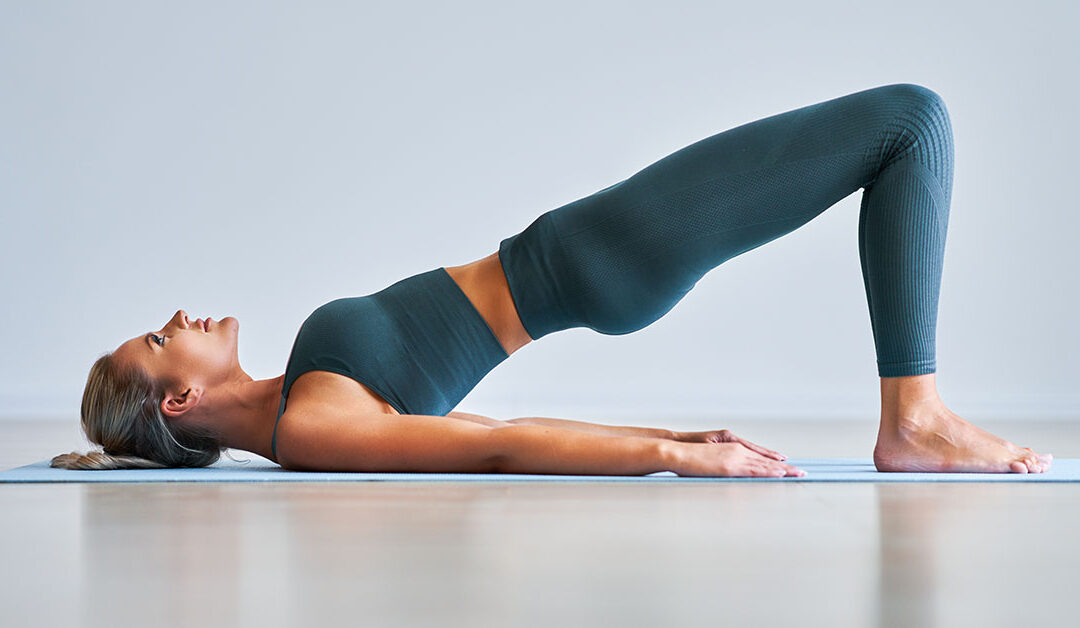Staying active is essential for overall health, but for individuals with joint or back concerns, high-impact exercises can cause discomfort or even injury. The good news is that you can maintain an active lifestyle while protecting your joints and spine. This guide provides practical tips for staying fit without unnecessary strain.
1. Choose Low-Impact Exercises
Low-impact exercises are gentle on the joints and back while still offering cardiovascular and strength benefits. Some excellent options include:
- Swimming – Provides full-body exercise while reducing pressure on joints.
- Walking – A simple yet effective way to stay active with minimal joint impact.
- Cycling – Supports the joints while improving cardiovascular health.
- Yoga and Pilates – Improves flexibility, core strength, and posture without high-impact movements.
For those experiencing discomfort due to physical activity, chiropractic care for athletes can help optimize performance and prevent injuries.
2. Prioritize Proper Posture
Maintaining good posture during activities helps prevent unnecessary stress on the spine and joints. Key posture tips include:
- Keeping your back straight when sitting and standing.
- Engaging your core muscles during movement.
- Avoiding slouching, especially when using mobile devices or computers.
- Using ergonomic support when sitting for extended periods.
A chiropractor can assess and correct posture-related issues through spinal adjustments and postural guidance.
3. Incorporate Joint-Friendly Strength Training
Strengthening muscles around the joints provides stability and reduces strain. Safe strength-training techniques include:
- Using resistance bands instead of heavy weights.
- Focusing on bodyweight exercises like squats, lunges, and push-ups with proper form.
- Performing slow and controlled movements to avoid joint stress.
If you experience discomfort after exercise, massage therapy can help relax muscles and improve recovery.
4. Warm Up and Cool Down
Warming up before exercise increases blood flow to the muscles and joints, reducing the risk of injury. A proper warm-up should include:
- Dynamic stretching (arm circles, leg swings, and gentle twists).
- Light aerobic activity (walking or marching in place for a few minutes).
Cooling down post-workout with static stretches helps prevent stiffness and enhances flexibility.
5. Use Supportive Footwear and Equipment
The right footwear and exercise equipment can reduce joint strain and provide stability. When choosing gear:
- Opt for shoes with good arch support and cushioning.
- Use shock-absorbing insoles if needed.
- Adjust bike seats, treadmills, and weights to match your body mechanics.
Proper footwear and equipment adjustments prevent injuries and promote safer movement during activities.
6. Listen to Your Body
Pain is a signal from your body that something isn’t right. Avoid pushing through discomfort and:
- Modify or reduce movements that cause pain.
- Take rest days to allow for muscle and joint recovery.
- Seek professional guidance if pain persists.
For ongoing joint and spinal care, assisted lymphatic therapy may help reduce inflammation and support recovery.
Conclusion
An active lifestyle is possible without straining your joints and back. By choosing low-impact exercises, maintaining good posture, strengthening supportive muscles, and listening to your body, you can enjoy movement while minimizing discomfort. If you’re experiencing joint or back pain, consider contacting us for chiropractic care and personalized wellness strategies.
FAQs
1. What are the best exercises for joint pain relief? Swimming, cycling, walking, and yoga are excellent low-impact options that help maintain mobility without stressing the joints.
2. Can bad posture lead to back and joint pain? Yes, poor posture can contribute to joint misalignment, leading to pain and stiffness over time.
3. How can chiropractic care help with joint and back pain? Chiropractic adjustments restore proper spinal alignment, reduce inflammation, and improve mobility, making movement more comfortable.
4. Are there specific stretches to reduce joint stiffness? Yes, gentle stretching, such as hamstring, hip flexor, and shoulder stretches, can improve flexibility and reduce stiffness.
5. How often should I see a chiropractor for joint pain management? The frequency of visits depends on individual needs, but regular chiropractic care can help maintain spinal and joint health for long-term comfort.

